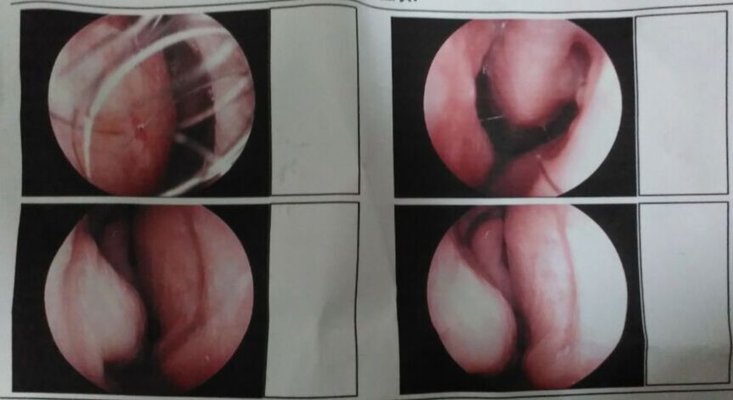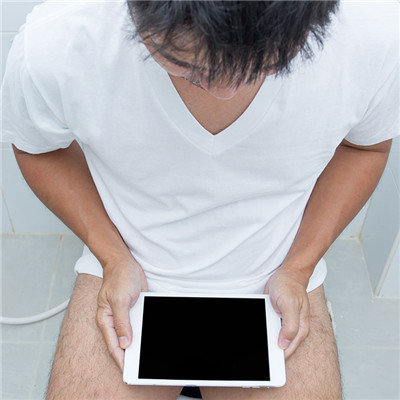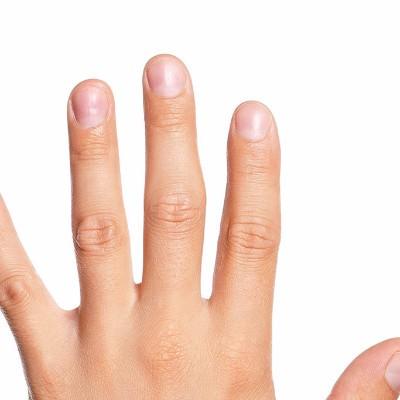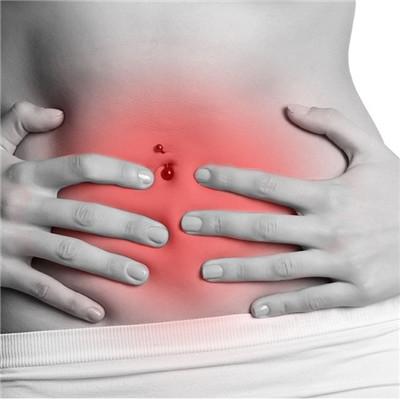How long can intestinal fistula self-healing be discharged?
summary
Intestinal fistula is in the intestine and other organs, but more attention to their own body, not to check, and eventually developed into a more serious disease. The former is called internal fistula, the latter is external fistula. Intestinal fistula causes intestinal contents to flow out of the intestinal cavity, causing a series of pathophysiological changes such as infection, fluid loss, malnutrition and organ dysfunction. Today, let me tell you how long intestinal fistula can be cured and discharged?.
How long can intestinal fistula self-healing be discharged?
The first is to control infection (1) in the early stage of fistula, if the drainage is not smooth, a large amount of normal saline should be used to flush the abdominal cavity during laparotomy, and multiple drainage should be done; Or enlarge the fistula to facilitate drainage( 2) Double cannulas were used for 24 hours continuous negative pressure drainage in intestinal fistula or abdominal abscess( 3) In the course of treatment, close observation of the formation of new abdominal abscess, and timely treatment.
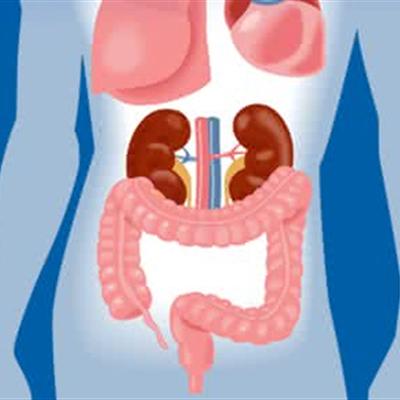
Second: fistula treatment (1) in the early stage, double cannula was mainly used for continuous negative pressure drainage to drain the leakage of intestinal fluid to the outside body as far as possible. After 1-4 weeks of drainage, a complete fistula can be formed, and the intestinal fluid will not overflow into the abdominal cavity outside the fistula. After continuous negative pressure drainage, if there is no factor hindering the self-healing of the fistula, the tubular fistula can be self-healing within 3 to 6 weeks. Total parenteral nutrition can reduce the secretion of intestinal fluid, and somatostatin can reduce the leakage of intestinal fluid, improve the self-healing rate and shorten the healing time of tubular fistula( 2) After infection control and fistula formation, when there is no pus cavity and distal loop obstruction confirmed by angiography, medical adhesive can be used to block the fistula, control intestinal fluid leakage and promote fistula healing( 3) Lip shaped fistula or tubular fistula with large fistula and short fistula can be blocked with silica gel sheet to mechanically close the fistula, maintain the continuity of intestinal tract, control the leakage of intestinal fluid, restore intestinal function, and achieve the purpose of simplifying treatment and strengthening intestinal nutrition support. If there is obstruction in the distal loop, we should not use "internal blockage", but continue negative pressure drainage( 4) In the case of good drainage of intestinal fluid, the fistula is not very large, and the skin around the fistula has no erosion. Artificial anal bag can be used to protect the skin and prevent skin erosion, reduce the frequency of dressing change, and make the patients move conveniently. If the skin has erosion, change dressing 1 ~ 2 times a day, generally do not need to apply ointment protection. If necessary, apply compound zinc oxide ointment.
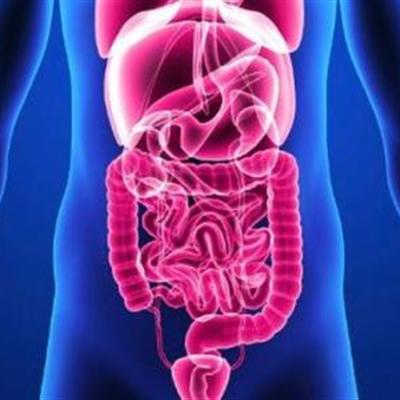
(3) surgical treatment (1) surgical indications: (1) the factors affecting the healing of tubular fistula include tuberculosis, tumor, distal loop obstruction, foreign body retention, residual abscess near the fistula, scarring or epithelization of fistula, etc; ② Lip fistula: rarely self-healing( 2) The timing of operation is definite. Intestinal fistula operation should be performed when the infection has been controlled and the patient's general condition is good, generally 3 months or longer after the fistula. Because of inflammation, infection, malnutrition and other factors, the success rate of early surgery is not high( 3) The operation methods of intestinal fistula include wedge resection and suture of local intestinal loop, resection and anastomosis of intestinal segment, exclusion of intestinal loop of intestinal fistula, and repair of vascular pedicled intestinal seromuscular slice or full-thickness intestinal slice. Among them, segmental resection and anastomosis is the most commonly used, and intestinal seromuscular slice is used to repair the fistula which is difficult to remove( 4) At the end of the operation, a large amount of isotonic saline (more than 6000 ml) was used to wash the abdominal cavity, and double cannula negative pressure drainage was placed to prevent abdominal infection. In order to avoid postoperative adhesive ileus and failure of operation, the patients with extensive dissection were treated with intestinal intubation and internal fixation.

matters needing attention
(1) Total parenteral nutrition can be used in the early stage after fistula or when intestinal function is not recovered. Glutamine should be supplied to patients who need TPN for a long time( 2) When the distal or proximal small intestine with function is more than 150 cm, essential food can be infused through nasogastric tube (for low intestinal fistula, colonic fistula, etc.), jejunostomy intubation or fistula intubation (for duodenal fistula, gastrointestinal anastomotic fistula, esophagojejunostomic fistula, etc.)( 3) After the fistula was blocked, the oral diet could be restored( 4) No matter what kind of nutritional support method is used, it is necessary to have proper quality of heat and protein supply to achieve positive nitrogen balance.



